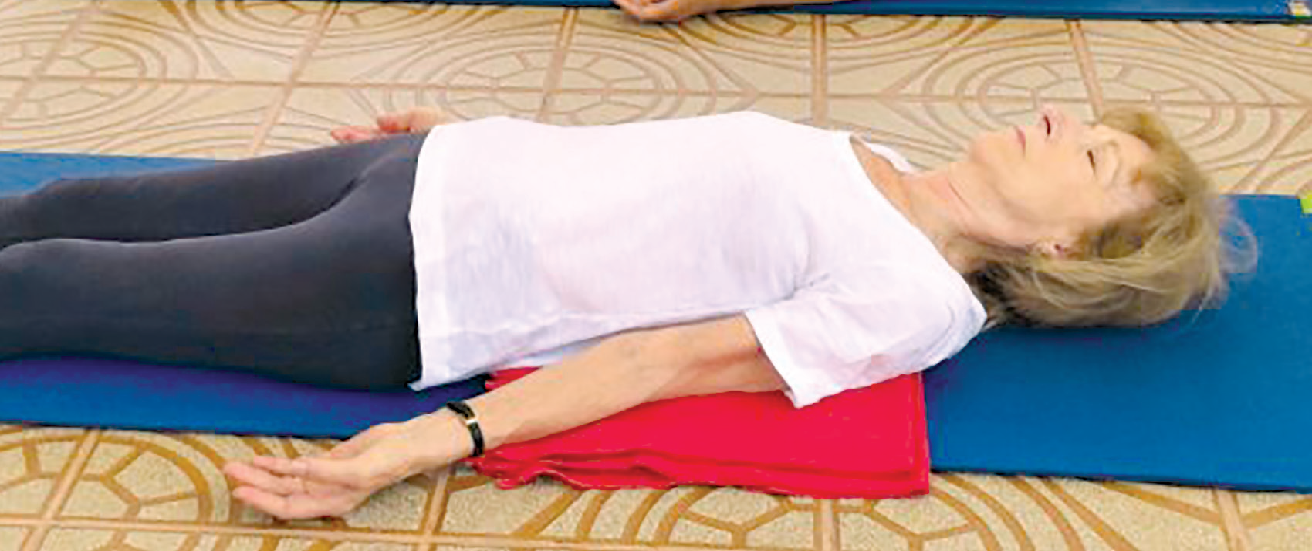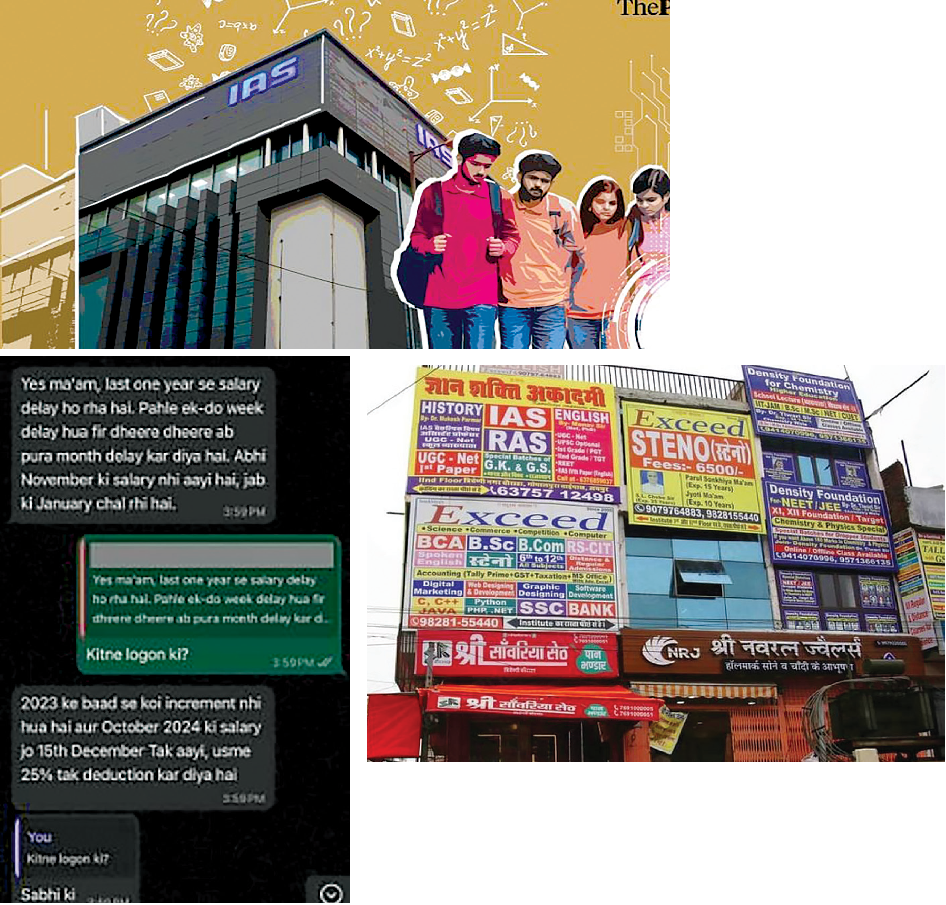
The home taught tot: Children in their preschool years are largely happy in their own company
Aamirah Thayibah
“Now let me try,” whines 3-year-old Nuh, as he stands on a step stool helping his mother with the dishes. Nuh is, like a growing number of tots his age, learning the Montessori method at home. In the Montessori method, the first six years of life are crucial. At that stage parental involvement is crucial and the home environment encourages learning.
In Montessori, parents play a significant role. It is their responsibility to pay attention to the child and alter activities and the surroundings to meet the child’s needs.
A personally tailored education allows for each to fulfill their true potential. “There isn’t a lot of forced socialisation but there is emphasis on respecting each other and working as a community,” says Nabila, who found that her five-year-old daughter often retreated into a shell when forced into a social setting. Labelled as the “pre-gang” age, educators refer to the early years of a child as a period when the child is learning the foundations of social behaviour. For a child to be riddled by social anxieties at this age is not helpful. A home-based learning system allows them to socialise at their own pace.
To parents like Nabila, a home-based Montessori allows assessing the needs and concerns of the child at an individual level rather than a one size fits all approach. “It was only me as her mother, who saw that a shy child didn’t mean a dumb child,” she says emphasising that learning at home allowed her daughter to focus more on actual learning rather than stressing about the environment.
A typical morning in the life of a Montessori child includes, depending on the age of the child, making the bed, brushing their teeth, laying the table or cutting their own fruits. Children are taught to help around the house at school too, but the at-home Montessori allows them to incorporate these habits into their daily routine.
Children with special needs, such as learning or physical disabilities, often thrive with in-home Montessori. At-home learning allows the child to engage all their senses in a safe and comfortable environment. Children are allowed to walk around and learn at their own pace without any sort of external competition. Most importantly, the parent is never too far from the child and is always there to help and aid.
My daughter struggles with reading and w a s d i a g n o s e d with dyslexia. By adopting a Montessori environment at home, we, as parents, have developed personalised strategies to overcome these challenges, at the same time build her confidence and selfesteem” says, Jen, who now uses a more skill-focused and numerical based approach to aid her daughter’s strengths. The choice of Montessori education at home is also beneficial to the parent. When making such a choice, the parent becomes more mindful of their actions and how they may affect the child. Because there is virtually no line between classroom and home, positive principles taught theoretically are reinforced in day to day actions.
When the parent pays attention to what they’re seeing, they’re more physically, cognitively, and emotionally present. It’s a deliberate slowdown. Mindfulness can be applied to various aspects of your life. You slow down and smell the roses as a mindful parent. You can focus more on the child’s needs when you take time to pause and relax. You can have a better understanding of your child by becoming an active observer of their learning.
Additionally, Montessori homes end up more economical in the long run. Because the child learns to use available resources to suit their needs, You don’t have to buy kid versions of everything. For example, the child uses the same plates and cups as the adults. You’ll save money and accumulate less stuff. Montessori homes are communal and items can be shared.
Like everything, the Montessori approach at home also comes with its own benefits and challenges. But the fact still remains that parental involvement at the preschool stage is extremely rewarding and enriching.
The Montessori Children’s House (nursery or preschool age) is a mixed-age environment specifically designed to help children between the ages of 2½ to 6 years to develop at their own pace, choose their own activities from the Montessori materials displayed in an ordered and accessible way.
Developed more than 100 years ago by Italian physician Maria Montessori, the approach is characterised by an emphasis on independence, freedom within limits, and respect for a child’s natural psychological, social development. This method of education encourages self-directed ac
 English daily published in Bengaluru & Doha
English daily published in Bengaluru & Doha






